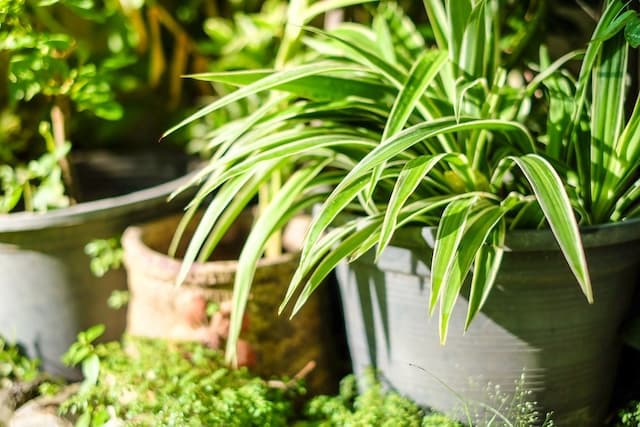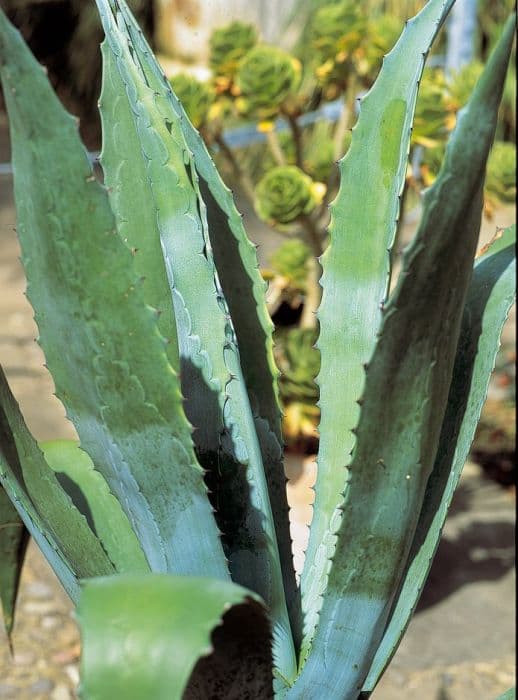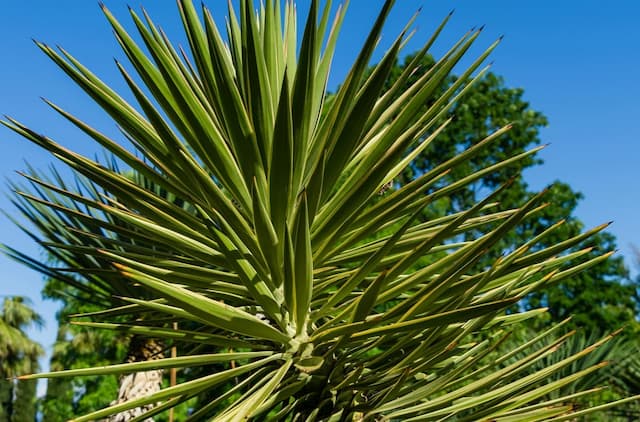Dragon-Tree Dracaena draco



ABOUT
Dragon-Tree is an evergreen indoor plant from Madagascar.
In its native habitat, it grows as a shrub or tree up to 20 feet tall. As an indoor plant rarely grows taller than 5 feet, but it can be pruned to be lower.
The long strap-shaped leaves grow in a spiral pattern around the trunk, the lower leaves die off and leave distinctive diamond-shaped scars. The leaves are dark green with reddish edges. If it is a houseplant, it rarely flowers.
About this plant
 Names
NamesFamily
Asparagaceae
Synonyms
Drago, Canary Islands dragon tree, Dragon's blood tree, Canary Islands dragon tree, Pleomele, Straight-Marginated dracaena, Madagascar dragon tree, Dragon Blood tree, Red-Margined dracaena
Common names
Palma draco, Asparagus draco, Dracaena resinifera, Draco arbor, Draco draco, Draco dragonalis, Drakaina draco, Stoerkia draco, Yucca draco
 Toxicity
ToxicityTo humans
In fact, Dragon-Tree tree can be classified as poisonous, even if slightly poisonous. It contains so-called saponins in all parts of the plant. These plant substances are harmless, but in this concentration present in Dragon-Tree, consumption can have health consequences.
The consequences can be nausea and vomiting, to the decomposition of vital red blood cells.
But it can happen only if you ingest Dragon-Tree in really large quantities, which is unlikely. Therefore, keep the plant out of the reach of children.To pets
According to ASPCA, Dragon-Tree is on the list of poisonous plants for dogs and cats.
All parts of the plant contain so-called saponins, which are harmful to animals.
Symptoms of poisoning in pets may include vomiting, sometimes with blood, depression, anorexia, hyper-salivation, dilated pupils (cats only).
 Characteristics
CharacteristicsLife cycle
Perennials
Foliage type
Evergreen
Color of leaves
Green
Flower color
Green, white
Height
Up to 20 feet
Spread
Up to 10 feet
Plant type
Tree
Hardiness zones
8
Native area
Madagascar
Benefits
 General Benefits
General BenefitsEasy to care for;
The plant tends to stay fairly slender and tall even after years of growth and still looks great even when it reaches its maximum height indoors;
Increases indoor humidity;
Best at removing xylene and trichloroethylene from indoor air;
Blends nicely into the home decor. Air-purifying Qualities
Air-purifying QualitiesThis plant is best for removing xylene, trichloroethylene and formaldehyde.
Interesting Facts
 Feng Shui
Feng ShuiBecause of Dragon-Tree's ability to reach considerable height, within the confines of the home, it is very convenient to place in the corners of the house to counteract sha chi.
 Zodiac Sign Compitability
Zodiac Sign CompitabilitySCORPIO
Scorpios are often misunderstood because of their passionate, direct and overbearing nature. However, Scorpios are also ambitious, empathetic and committed to their relationships.
Dracenas are Scorpios in plant form. They will tell you exactly what they want with the change in color of their leaves, and Scorpios will love their directness. Plant Symbolism
Plant SymbolismIn the Canary Islands, this tree is the natural symbol of the island of Tenerife.
 Water
WaterDracaena trees prefer the soil to dry between waterings, but not completely through the pot. Typically, in summer watering 1 - 2 times a week, in winter - every 10-14 days will keep the soil with a nice even level of moisture.
 Light
LightIt is undemanding to light, but both too bright and too little light can cause the leaves to lose their color.
The eastern or western parts of the room are best.
It also requires turning to a light source so that the Dragon-Tree does not lose its shape. Temperature
TemperatureThe most suitable air temperature is 65 - 70 °F. The plant is not afraid of heat and can survive even at 100 °F. But it is very sensitive to draughts, sharp changes.
In winter, you can arrange a dormant period for the tree by putting it in a cool place with a temperature of about 59 °F. Pruning
PruningPruning is not necessary. Only remove old and diseased leaves as needed. If the plant has grown too tall, you can cut off the top to stop the growth. This is best done in spring.
 Cleaning
CleaningNot needed
 Soil
SoilLeaf, sod soil, compost and peat in the proportion 2:1:1:0.5.
Since Dracenae are not picky about soil, ready-made soil "For Dracenae" or "For Palms" is suitable.
The only important thing is that the acidity should be pH 6 - 6.5. Repotting
RepottingDragon-Tree grows slowly, so frequent replanting is not necessary. Repotting to a larger pot once every 2 - 4 years is sufficient.
Repot only when the roots have filled the entire pot. Humidity & Misting
Humidity & MistingIt likes high humidity. Requires frequent misting. A humidifier, wet moss, or pebbles can also increase the humidity. Dragon-Tree also likes warm showers.
In summer the lant requires high humidity.
In winter, if the plant is at rest in a cooler room, spraying is not necessary. But if the Dragon-Tree plant is in a warm room, keep the humidification regimen around the dracaena. Suitable locations
Suitable locationsIndoor
All year round
Outdoor
Dragon-Trees can be grown outdoors only in tropical climates. In temperate and continental conditions, the dragonberry is used as a compact ornamental plant.
Hardiness zone
9 - 12 USDA
 Life cycle
Life cycleIt hardly ever blooms at home.
In natural tropical conditions it blooms in a cluster of greenish small flowers with an unpleasant odor, which give orange fruits-boney after pollination.
These fruits produce seeds, thanks to which the Dracaena multiplies. Propogation
PropogationPropogation time
Spring, summer
By CUTTINGS:
To propagate Draragon-Tree, cut off a portion of the stem about 8 inches long.
Place the cuttings in moist soil or water. It is best to take the cuttings when the plant is actively growing - spring or early summer. Use rooting hormone, if you have it, to speed up root development.
Keep the soil moist, or change the water at least once a week if you propagate hydroponically. You can propagate either tops, or rosettes, or stems without leaves. Rosettes have a better chance of surviving.
Keep the cuttings in bright light, but away from direct sunlight.
 Pests
PestsSpider mite, Scale insects









